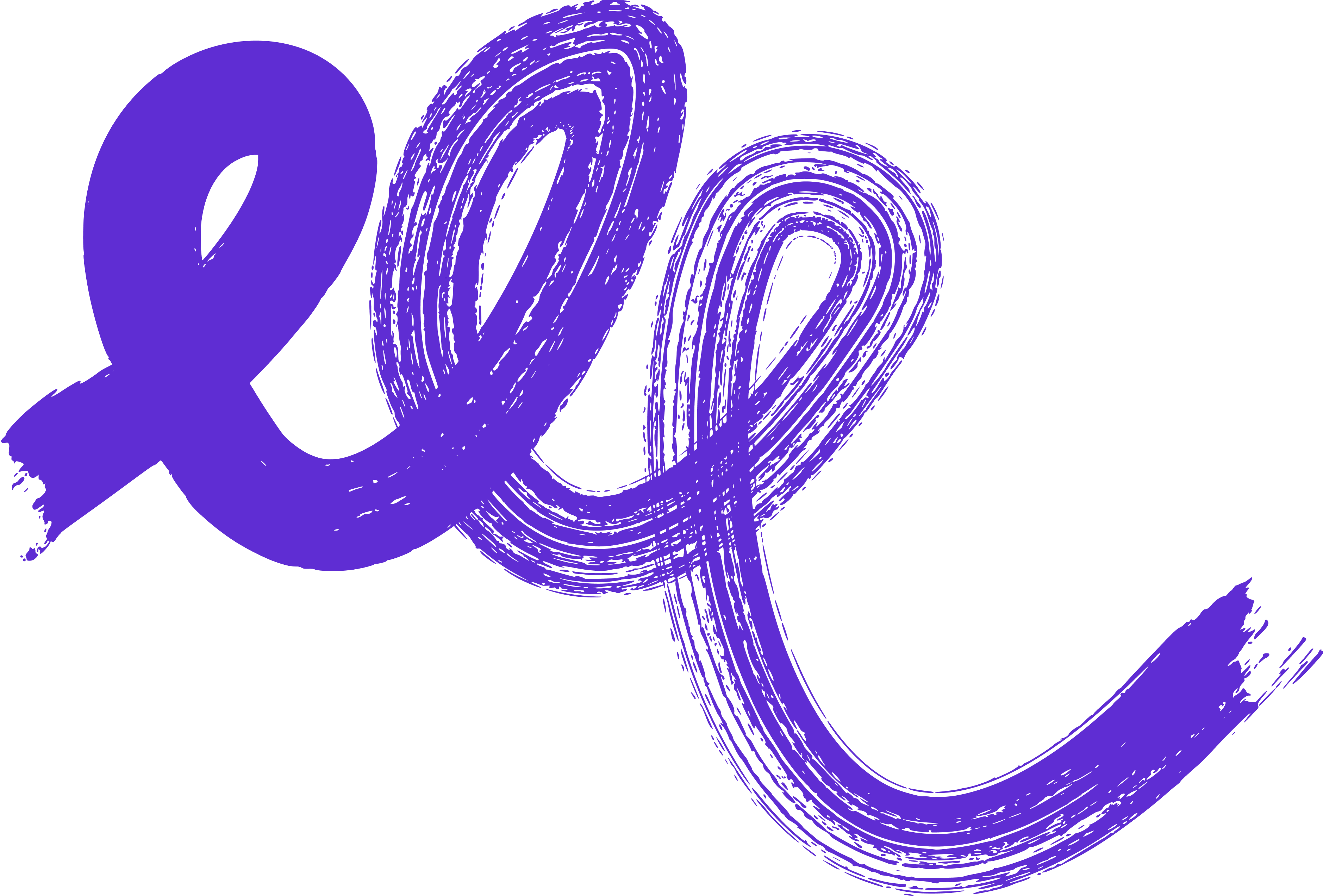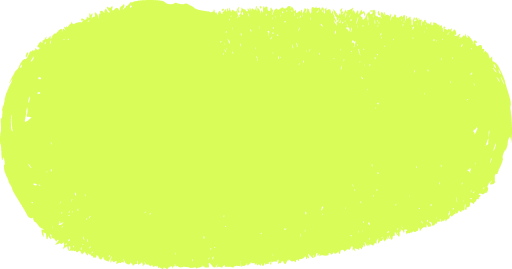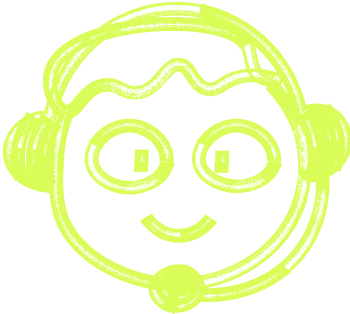🌍 All
About us
Digitalization
News
Startups
Development
Design
A Comprehensive Guide to IoT Application Development
Marek Majdak
Nov 17, 2022・5 min read
Table of Content
Overview of IoT Application Development
IoT Market and Areas of Usage
Components of an IoT Application
Cloud Platforms
Hardware Components
Networks and Protocols
Software and Programming Languages
Mobile vs Web App Development
Steps to Develop an IoT App
Cost of Developing an IoT App
Challenges of Building IoT Applications
Best Practices for Creating a Successful IoT App
Conclusion
FAQs:
The world of technology is in the midst of a revolution, and a central part of this shift is the rise of the Internet of Things (IoT). IoT application development is rapidly becoming an integral part of the tech landscape, with immense potential to transform industries. Let's delve into the intricacies of IoT, from its market reach to best practices in developing a robust IoT app.
Overview of IoT Application Development
The Internet of Things (IoT) bridges the gap between the digital and physical worlds. It encompasses a myriad of devices, systems, and platforms working in unison. IoT app development involves creating applications that allow users to control, monitor, and extract data from these interconnected devices. Today, industries ranging from health to agriculture are leveraging IoT apps to improve efficiency and productivity.
IoT Market and Areas of Usage
With the global IoT market growing exponentially, the potential for IoT applications is boundless. Smart cities, automated house management systems, and even simple GPS trackers are integrating IoT technology. From wearables to smart homes, IoT apps are changing the way we live and work. As IoT solutions and the IoT industry flourish, it’s crucial for businesses to grasp the opportunities this technology offers.
Components of an IoT Application
An IoT application isn't just about the software. It encompasses various components like sensors, cloud services, data processing mechanisms, and user interfaces. By understanding these components, developers can ensure a seamless IoT application development process.
Cloud Platforms
IoT apps heavily rely on cloud platforms for data storage, processing, and analytics. Platforms like AWS, Google Cloud, and Azure provide the necessary infrastructure for IoT devices to exchange data efficiently. Choosing the right cloud platform can determine the performance and scalability of your IoT app.
Hardware Components
From smart devices to IoT sensors, hardware components are the backbone of any IoT system. These components collect data, which the IoT software processes. Ensuring compatibility between the hardware and software is crucial for smooth app functionality.
Networks and Protocols
IoT devices communicate using specific networks and protocols. These protocols ensure the secure and efficient exchange of data between devices and platforms. Understanding network protocols is vital in developing IoT applications that are both secure and high-performing.
Software and Programming Languages
Developing an IoT app requires a deep understanding of software and the programming languages suitable for IoT. From Python to JavaScript, choosing the right technology stack can impact the efficiency and capability of your IoT app.
Mobile vs Web App Development
While both mobile and web apps have their place in the IoT ecosystem, they serve different purposes. Mobile apps offer portability, while web apps provide a broader, device-independent interface. Determining which route to take depends on the needs and goals of your IoT project.
Steps to Develop an IoT App
The journey of IoT app development is multifaceted. From defining requirements, selecting the right IoT platform, to quality assurance testing, each step holds significance. Following a structured development process can be the difference between a successful app and a failed project.
Cost of Developing an IoT App
Understanding the cost factors in IoT app development is crucial. From hardware components, IoT app development cost for software, to cloud services, every aspect has a price. A clear budget will ensure your IoT project remains viable and profitable.
Challenges of Building IoT Applications
From ensuring app security, handling sensitive data, to integrating various IoT components, the journey of creating an IoT app is filled with challenges. By recognizing these challenges, businesses can prepare and tackle them head-on.
Best Practices for Creating a Successful IoT App
Success in the IoT world isn't just about building an app. It's about adhering to best practices, from data storage solutions to ensuring interconnected devices communicate seamlessly. By following these guidelines, your IoT application stands a better chance in the competitive market.
Conclusion
IoT application development is a dynamic and ever-evolving field. As the world becomes increasingly interconnected, the importance of robust, secure, and efficient IoT apps will only grow. Whether you're an entrepreneur, a developer, or just a tech enthusiast, understanding the world of IoT is essential for the future. Embrace the revolution, and explore the limitless possibilities of the Internet of Things.
FAQs:
What is IoT application development?
It's the process of creating applications that allow users to control, monitor, and extract data from interconnected IoT devices.
How is the IoT market evolving?
The IoT market is rapidly expanding, influencing areas like smart cities, wearables, and home automation.
What are the primary components of an IoT application?
They include sensors, cloud services, data processing mechanisms, and user interfaces.
Why are cloud platforms essential for IoT?
Cloud platforms provide the infrastructure for IoT devices to store, process, and exchange data efficiently.
How do hardware components impact IoT apps?
They collect data, which the IoT software processes, ensuring compatibility is crucial for smooth functionality.
What role do networks and protocols play in IoT?
They ensure the secure and efficient exchange of data between devices and platforms.
Which programming languages are popular for IoT development?
Languages like Python, JavaScript, and C are commonly used for IoT app development.
How does mobile IoT app development differ from web IoT app development?
Mobile apps offer portability, while web apps provide a device-independent interface.
What steps are involved in developing an IoT app?
Steps include defining requirements, selecting an IoT platform, software development, and quality testing.
How much does it cost to develop an IoT app?
Costs vary based on hardware, software, cloud services, and other factors.
What challenges are common in building IoT applications?
Challenges include ensuring app security, handling sensitive data, and integrating various IoT components.
What best practices should be followed for a successful IoT app?
Best practices include adhering to data storage solutions and ensuring seamless device communication.
Why is the IoT industry significant?
With the world becoming increasingly interconnected, robust and efficient IoT apps are essential for the future.
How does IoT bridge the digital and physical worlds?
IoT integrates digital technology with physical devices, allowing them to communicate and work together.
Why are data storage solutions essential in IoT?
They help in efficiently handling the vast amount of data generated by IoT devices.
What is the role of IoT sensors?
IoT sensors collect data from the environment, which is then processed by the IoT software.
How do IoT devices communicate?
IoT devices use specific networks and protocols to securely and efficiently exchange data.
Why is app security vital in IoT application development?
With sensitive data being processed, ensuring the security of IoT apps is crucial to prevent breaches and unauthorized access.
How are smart cities utilizing IoT technology?
Smart cities are integrating IoT for traffic management, waste management, energy conservation, and more.
Why is quality assurance testing essential in IoT app development?
It ensures the app functions correctly, is secure, and provides the desired user experience.

 Don't miss a beat - subscribe to our newsletter
Don't miss a beat - subscribe to our newsletterYou may also  like...
like...

Mastering Declarative Programming: Essential Practices for Every Developer
Discover declarative programming essentials. This guide covers principles, tools, and best practices to simplify coding, enhance readability, and improve scalability.
Marek Pałys
Apr 16, 2024・11 min read

Understanding Event-Driven Programming: A Simple Guide for Everyone
Explore the essentials of event-driven programming. Learn how this responsive paradigm powers interactive applications with real-world examples and key concepts.
Marek Pałys
Apr 30, 2024・9 min read

Demystifying Procedural Programming: Simple Examples for All
Explore procedural programming with easy-to-follow examples and insights into its core principles. Learn how this step-by-step approach forms the basis of many programming paradigms.
Marek Pałys
Jul 05, 2024・10 min read




